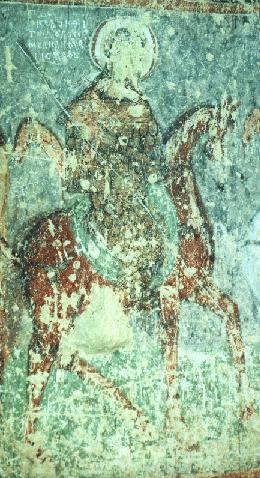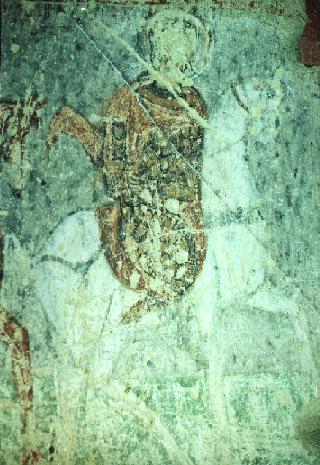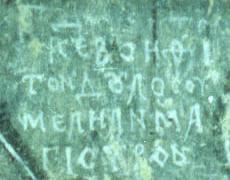
Try Amazon Audible Premium Plus and Get Up to Two Free Audiobooks
Dovecote Church
 Magister Melias (donor), Dovecote Church |
 Unknown Donor (possibly John Tzimiskes), Dovecote Church |
| INTERPRETATION OF THE IDENTITY OF THE TWO CAVALRYMEN IN THE DOVECOTE CHURCH, GOREME |

